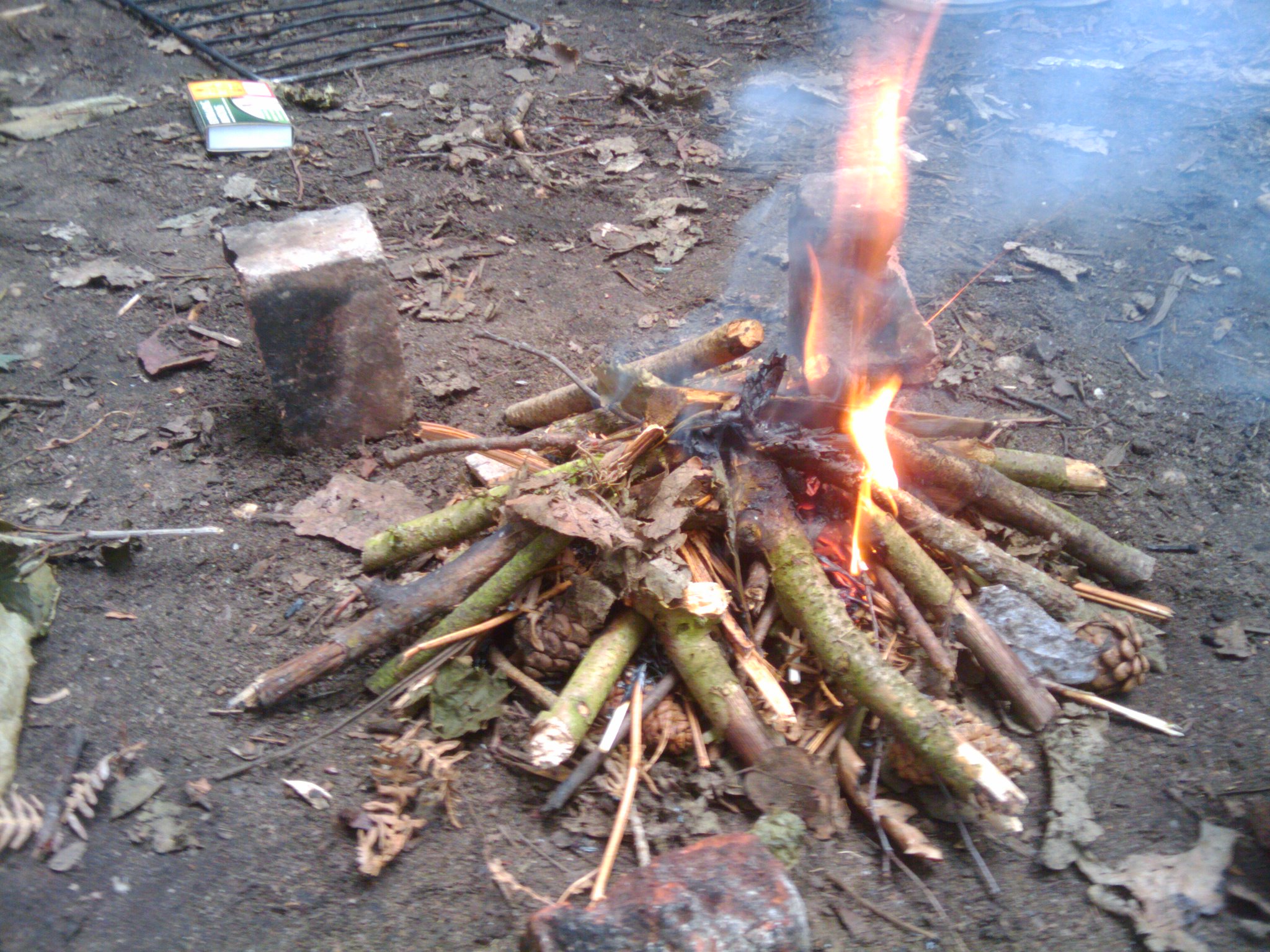
Beginning tomorrow morning every single one of us is going to sell Ideas! …What we are not clear about is just how to get ideas. So I said maybe you could tell us. – James Web Young (2003)
So, how do I get ideas?
In James Webb Young’s brilliant book, A Technique for Producing Ideas, he argues that coming up with an idea is actually a rather straight-forward process. In fact, the reason why ideas differ so enormously is because it is simply a new combination of old elements and the way we view relationships between them. So, in Young’s view, some will see each piece of fact as a separate bit of knowledge whilst others will see a link in a chain of knowledge with relationships and similarities. For the latter, facts are more like an illustration of a general law applying to a whole series of facts. Therefore, for someone who is quick at spotting patterns and relationships several ideas will be produced. When relationships are seen they in turn lead to the extraction of a more general principle which, when understood, suggests the way to a new combination – the new idea. This process can of course be cultivated as Young states:
The production of ideas is as definite a process as the production of Fords; that the production of ideas, too, runs on an assembly line; that in this production the mind follows an operative technique which can be learned and controlled; and that its effective use is just as much a matter of practice in the technique as is the effective use of any tool
5 Steps to Creative Ideas (influences from Young)
Step 1. Gather Material
As with all professions without understanding the key facts you have nothing. If you sit and wait for a revolutionary idea to strike you, think again! Johannes has worked as mentor and Associate Tutor for many years and have helped new teachers who sometimes would start planning their lessons without having done any research into the topic. His advice was always to ensure that subject knowledge was sound before planning begins. Teaching a lesson without understanding the subject content is impossible. Lack of understanding leads to poor teaching (see Musings on Creativity in Teaching Part 1: Knowing Your Knowledge). That said, outstanding teachers not only have specific knowledge of their topic but also a general understanding of their subject which enable them to understand the ‘bigger picture’. We also suggest a third element, namely to have a wider perspective in other subject areas. Outstanding teachers gather anecdotes, information and stories from a range of areas for example architecture, music, business, nature and film etc. The latter is essential in the creation of ideas. It is the new combination of specific knowledge about a topic coupled with a general understanding and wider perspective about the subject and other areas that will make ideas occur. The task of gathering material is a life-long one , be it an interesting quote, enigmatic photo or recent news story, find ways of cataloguing/storing these snippets of data.
Step 2. Oblique Strategies
This part is less concrete as it involves thinking more abstractly about the facts you have, looking at each one individually, bringing two facts together to see if they fit, as well as beginning to synthesize and spot relationships. For this process to work you should try not to think too directly at each element but do what Young refers to as ‘listening’ for their meaning without ‘looking’ for it (Young 2003, p30). What tends to happen here is that you will get initial, sometimes rather odd, ideas but don’t disregard these as they will help to shape your future ideas. Whilst engaged in this process you’ll also feel like you’ve ran into a wall, but don’t give up just yet. It’s the same feeling you have when you’re engaging in a long brainstorming-session with a team and it feels like you’re getting nowhere – but you are! It is crucial to continue just a little bit longer before stopping, not giving up, but stopping as you have exhausted you mind for the time being. Cue: Step 3.
Step 3. No Efforts – Stop Thinking
This is the time for your unconscious mind to do some work. Like you say to your students, remember not too cram everything the night before… Well, the reason you say that is also because the mind needs to rest to synthesize the information properly – to take it all in. However, sleeping will not be the only solution to your ideas. The best way of letting your mind rest whilst topping up the creative juices is to undertake another creative, yet relaxing, activity for example go for a nice run or long walk, watch a decent film, listen to music and so on. You are not only giving your mind time to reflect but also providing additional material which has nothing to do with the topic at hand but will serve to keep your mind working without you having to think about it.
Step 4. It Just Came to Me
Just like that, the idea popped into your head when you least expected it, in the middle of the night, early in the morning or sometimes annoyingly when you’re driving or in a situation where frantically writing down things may not be regarded as something positive. So, when you stop pushing for ideas and gone through a period of rest, they’ll show up.
Step 5. The Bleak Reality
When you take out your new idea to the harsh reality you might realise that it’s not as wonderful as you once thought. This is the hardest part; moulding your idea into the structures and conditions so it can work. It is during this period when most people give up and put their idea in the half-baked drawer together with hundreds of its counterparts. Solution: don’t protect your new idea, throw it to the Devil Advocates! You will then see that your idea carry self-generating qualities as it stimulate those who examine it and consequently will help develop into the final masterpiece.
If you find the topic about ideas interesting you might want to get your hands on a copy of these books, they have stimulated us to write some of the posts on Eat.Sleep.Teach.
Ten Faces of Innovation by Tom Kelley
Making Ideas Happen – Scott Belsky
The Back of the Napkin – Dan Roam
The Art Of Innovation – Tom Kelley
[relatedPosts title=”Related Posts: ” num_to_display=”4″]

